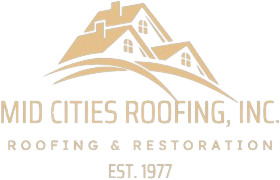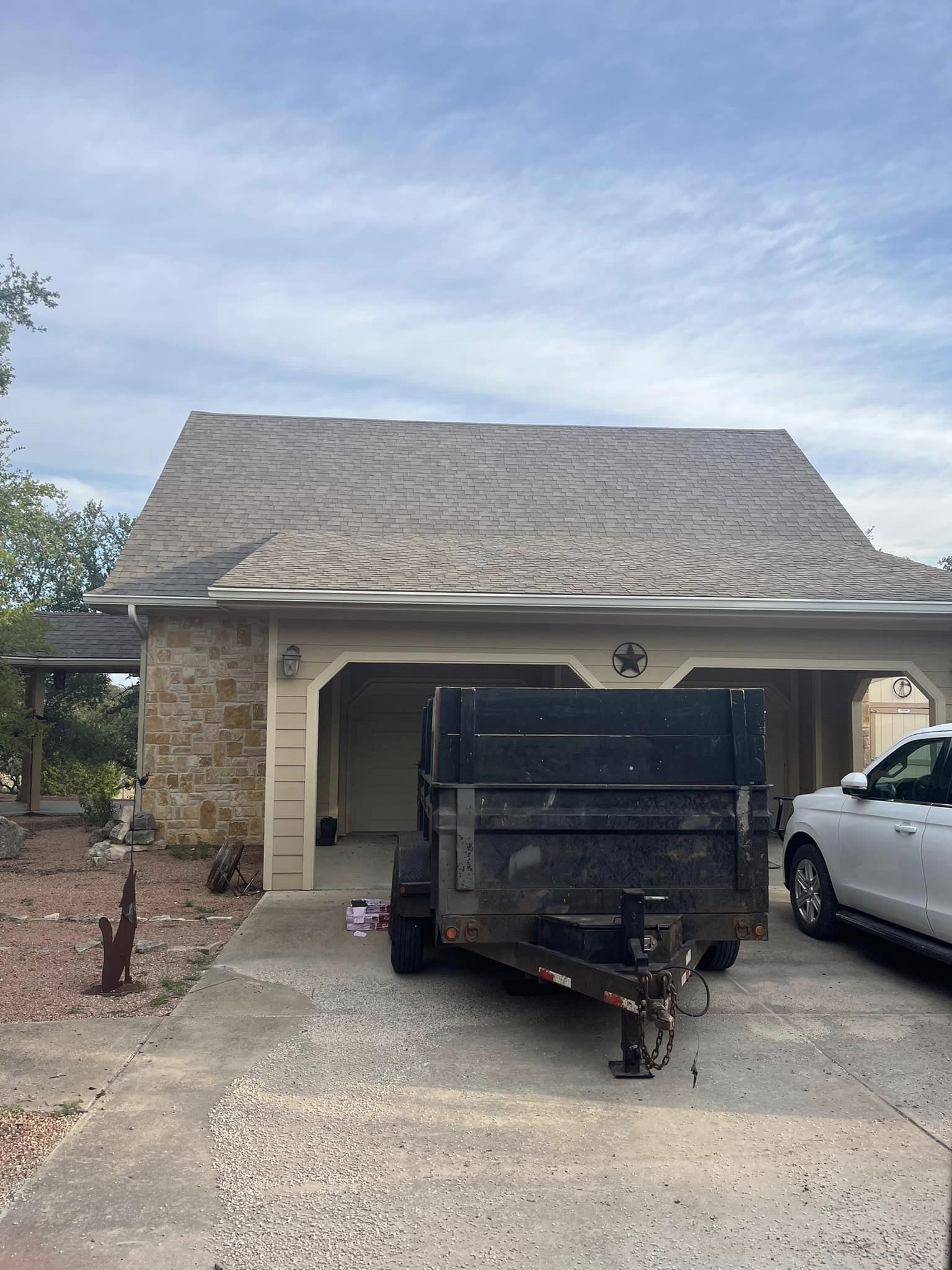How to Safely Inspect Your Roof Without Damaging It
Inspecting your roof regularly is an essential part of home maintenance, helping to prevent costly repairs by catching small issues early. However, improperly inspecting your roof can cause unintentional damage, especially to shingles and other delicate components. Whether you’re dealing with a post-storm checkup or routine maintenance, this guide will help you safely inspect your roof without causing harm.
Why Roof Inspections Are Important
A roof is one of the most critical components of your home, protecting it from the elements and maintaining structural integrity. Regular inspections ensure that:
- Small issues, like missing shingles or clogged gutters, are addressed before they escalate.
- The roof remains energy-efficient by preventing drafts or leaks.
- Your home is safe from water damage caused by undetected roof leaks.
- You prolong the life of your roofing materials, saving money in the long run.
By inspecting your roof the right way, you can achieve these benefits without causing unnecessary wear and tear.
Use the Right Tools for the Job
Before beginning your roof inspection, gather the right tools to ensure both safety and efficiency. These tools will help you inspect without stepping directly on your roof or using force that could damage shingles.
Must-Have Tools:
- Binoculars: Ideal for inspecting your roof from the ground or a ladder, binoculars let you spot details like cracked shingles or loose flashing.
- Ladder with Stabilizer: A sturdy ladder with a stabilizing bar keeps you safe while providing access to the roof edge.
- Camera or Smartphone: Use a camera with zoom or a smartphone to take photos of damage for documentation and closer inspection.
- Gloves and Safety Gear: Non-slip gloves, shoes, and a harness (if climbing is necessary) are essential for personal safety.
Start with a Ground-Level Inspection
One of the safest and most effective ways to inspect your roof is by observing it from the ground. A ground-level inspection allows you to identify visible damage without setting foot on the roof.
What to Look For:
- Missing or Curling Shingles: Check for bare patches or shingles that are lifting at the edges.
- Dark Streaks or Stains: Algae or moss growth often appears as dark streaks and should be addressed promptly.
- Debris Buildup: Look for twigs, leaves, or branches that may have settled on the roof after a storm.
- Sagging Areas: Uneven rooflines or sagging sections may indicate structural issues.
How to Enhance Visibility:
Use binoculars or a zoom lens to get a closer look at any suspected problem areas. This is especially helpful for high-pitched roofs.
Safely Use a Ladder to Inspect Up Close
For a closer inspection, you may need to climb a ladder to access the roof’s edge. However, it’s important to exercise caution and avoid standing on the roof itself unless absolutely necessary.
Ladder Safety Tips:
- Stabilize the Base: Ensure the ladder is on level ground and stabilized to prevent slipping.
- Position the Ladder Correctly: Place the ladder at a 4:1 angle — one foot away from the wall for every four feet of ladder height.
- Have a Spotter: Ask someone to hold the base of the ladder for additional support.
- Avoid Overreaching: Always keep your body centered between the ladder’s side rails.
When using a ladder, focus on inspecting areas near the roofline, such as gutters, flashing, and the condition of the shingles.
Use Technology to Inspect Hard-to-Reach Areas
Modern technology makes it easier than ever to inspect your roof without causing damage. Drones and specialized cameras allow you to access high or delicate areas safely.
Tools to Consider:
- Drones: Equipped with cameras, drones can capture high-resolution images of your roof. They are particularly useful for steep or complex roof designs.
- Roof Inspection Apps: Some apps allow you to analyze roof damage and measure dimensions using drone footage or uploaded photos.
Pro Tip: Hire a professional drone service if you’re not experienced with flying drones.
Inspect Gutters and Downspouts
Your gutters and downspouts play a key role in protecting your roof by directing water away from your home. Clogged or damaged gutters can lead to water pooling on the roof, causing leaks and structural damage.
Steps to Inspect Gutters:
- Check for clogs: Look for leaves, dirt, or debris that may be blocking water flow.
- Inspect for granules: Shingle granules in the gutters may indicate that your roof is aging or deteriorating.
- Ensure proper alignment: Gutters should be securely attached and sloped correctly to channel water to downspouts.
Look for Interior Signs of Roof Damage
Sometimes, roof issues are more apparent inside the home than outside. Conducting an interior inspection can help identify hidden leaks or structural problems.
Areas to Check:
- Ceilings and Walls: Look for water stains, peeling paint, or bubbling wallpaper.
- Attic: Inspect for damp spots, mold growth, or visible light coming through the roof.
- Insulation: Check for damp or flattened insulation, which could indicate a roof leak.
Avoid Walking Directly on the Roof
Walking on your roof can be dangerous and may cause damage to shingles, particularly if the roof is wet or aging. If you must step onto the roof, take the following precautions:
Steps for Roof Safety:
- Wear soft-soled, non-slip shoes to avoid slipping or scuffing shingles.
- Avoid stepping on damaged or loose shingles to prevent further damage.
- Stick to stable areas, such as the roof decking or valleys, and avoid stepping on steep or high-pitched sections.
However, if the inspection requires extensive walking, it’s best to call a professional roofer.
Know When to Call a Professional
While homeowners can handle many aspects of roof inspection, some situations require expert attention. Call a professional roofer if:
- Your roof is too steep or inaccessible.
- You suspect structural damage or large-scale issues.
- You need a certified report for an insurance claim.
Roofing professionals have the experience, tools, and safety training necessary to perform thorough inspections without risking damage to your roof.
Maintain a Regular Inspection Schedule
Regular roof inspections are key to preventing long-term damage. Stick to a schedule to ensure your roof remains in excellent condition year-round.
Inspection Frequency:
- Twice a Year: Inspect your roof in spring and fall to prepare for extreme weather conditions.
- After Major Storms: Check for damage immediately after storms with high winds, hail, or heavy rain.
Keeping a routine inspection schedule minimizes the risk of costly repairs.
Document Your Findings
If you spot any damage during your inspection, document it thoroughly. Photos and detailed notes will help you:
- Track small issues to ensure they don’t worsen.
- Provide evidence for insurance claims in case of storm damage.
- Communicate effectively with roofing professionals.
Conclusion
Inspecting your roof doesn’t have to be risky or damaging if you follow the proper steps. By using the right tools, observing from the ground, and avoiding unnecessary climbing, you can safely assess your roof’s condition and address issues early.
For more complex inspections or repairs, rely on professional roofing contractors who can ensure your roof stays in top shape without causing harm. With a proactive approach to roof maintenance, you’ll protect your investment and enjoy peace of mind for years to come.






